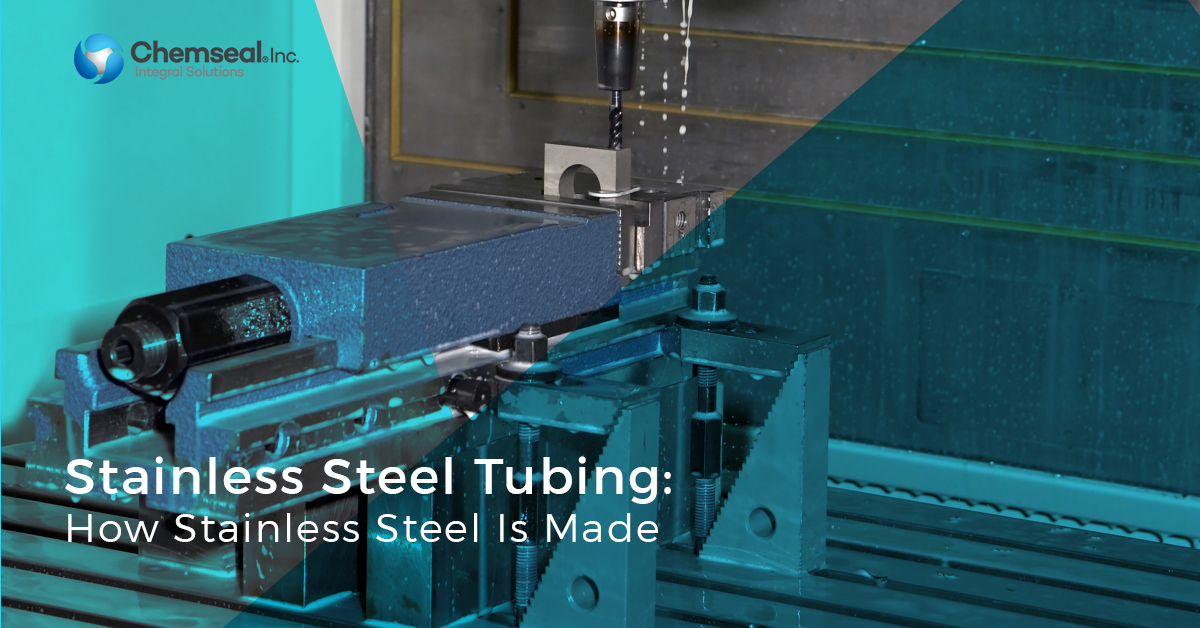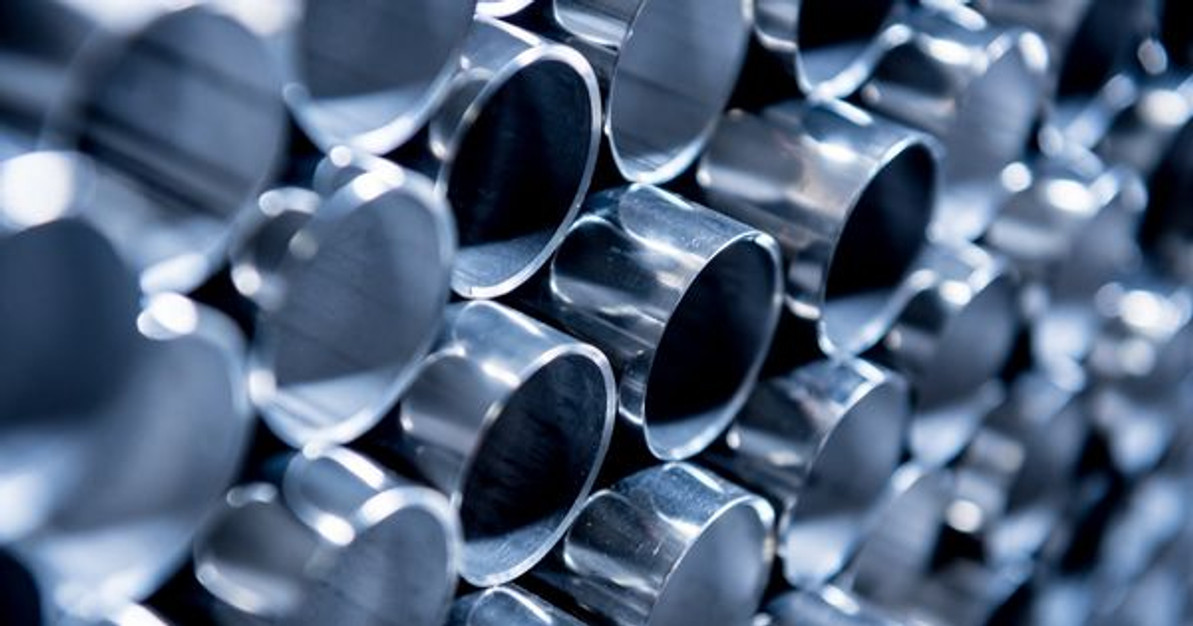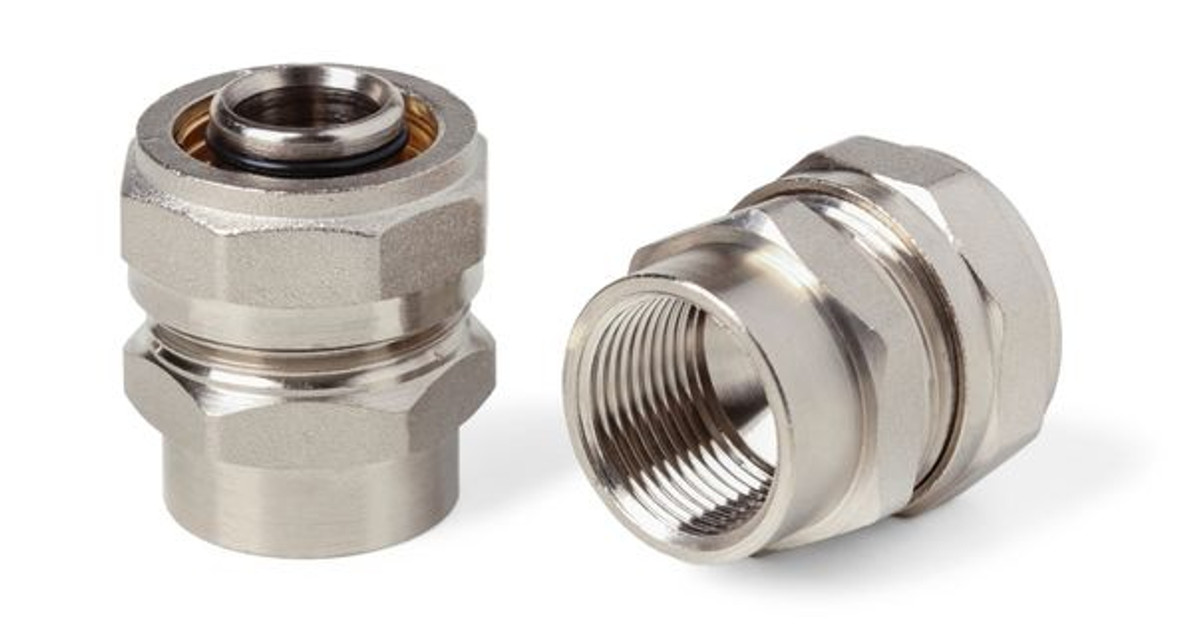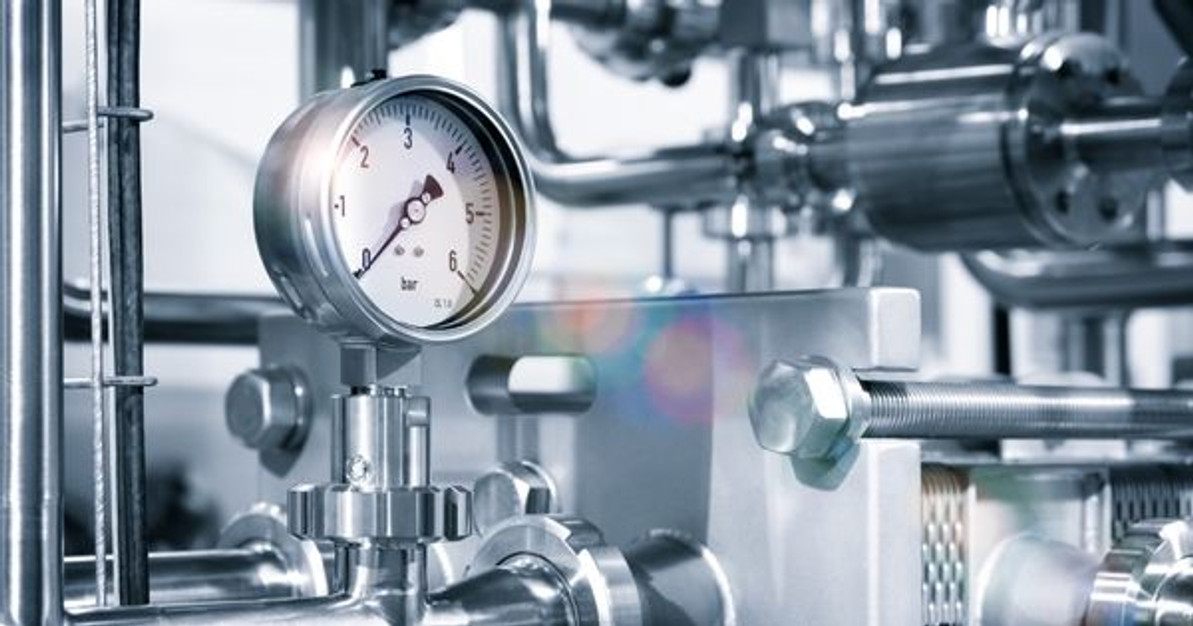 Jun 23rd 2017
Jun 23rd 2017 Sanitary Stainless Steel Fittings: How Stainless Steel Is Made

Stainless steel plays a major role in many of our modern-day conveniences including construction, food and beverage manufacturing, pharmaceutical manufacturing, sanitation processes, and much, much more. At Chemseal, we’re incredibly passionate about the quality and sanitary properties of our stainless steel fittings and stainless steel parts. Many industries simply couldn’t optimally function without the use of our sanitary stainless steel fittings, and because of that fact, we’re honored to provide countless companies with the ability to safely and effectively create products and deliver high-quality services around the world.
Even if you’re not extremely familiar with the inner-workings of stainless steel, you probably already know that stainless steel is made of a composite of different metals, but how are stainless steel parts actually made, and what goes into the overall process? Well, that’s what we’re going to address in today’s blog post.
For all of your standard sanitary stainless steel fittings - whether you need niche parts like a ferrule clamp, a pneumatic actuator, a concentric reducer, a flange gasket, or one of our signature sanitary butterfly valves, Chemseal has you covered! Our decades of experience and knowledge in the stainless steel sanitary fittings industry has been proven time and time again by companies that we’ve worked with, praising our ability to provide high-quality, hygienic and durable stainless steel fittings to assist and facilitate their hygienic process or manufacturing operations. To browse our main collection, visit here or continue reading on to get a good idea of how stainless steel is made!
Some Context Behind Stainless Steel
Stainless steel is an an alloy that contains iron - an alloy being a substance made up of two or more chemical elements. Due to stainless steel’s chromium content, it is well-known for its resistance to stains, rust, oxidation and corrosion. The chromium content of most stainless steel grades usually consists of around 12 to 20 percent of the alloy.
Many different types of stainless steel grades are used in countless applications and industries, including things like bulk materials handling equipment, building exteriors and roofing, automobile components, chemical processing plants, consumer products, transportation, hygienic fluid processes, and more.
Not All Stainless Steel Is Created Equal
Indeed, stainless steels come in several different types depending on their microstructure. For example, austenitic stainless steels contain at least 6 percent nickel and austenite (carbon-containing iron with a face-centered cubic structure) and have good corrosion resistance and high ductility, which refers to the ability of the material to bend without breaking.
Ferritic stainless steels, which have a body-centered cubic structure, have better resistance to stress corrosion than austenitic steels, but they are generally more difficult to weld with. Martensitic stainless steels, another type of steel composite, have a needle-like structure.
When ferrite and austenite stainless steels equally combine, this makes up ‘duplex’ stainless steels, which provide better resistance to pitting and crevice corrosion in most environments. Duplex stainless steels are widely used in the chemical industry in operations like refineries, gas-processing plants, and so forth, due to its superior resistance to cracking and overall strength and integrity.
Raw Materials Used
At its core, stainless steels are made using some of the basic elements found in the earth, including elements like iron ore, chromium, silicon, nickel, carbon, nitrogen, and manganese. Properties of the final alloy are tailored by varying the amounts of these elements - nitrogen, for instance, improves tensile properties like ductility. Nitrogen can also improve corrosion resistance, which makes it the most valuable for use in duplex stainless steels.
The Good Stuff: The Manufacturing Process
Like many things, the manufacture of stainless steel involves a series of processes. First, the basic, raw metal materials are melted and then cast into solid form. After various forming steps (which we’ll get to in our next blog post), the steel is then heat treated and sent to manufacturers who are responsible for welding and joining the steel together to produced desired shapes.
Melting and Casting
The raw metal materials begin by being melted together in an electric furnace. Usually, the melting steps requires a good 8 to 12 hours of intense heat - certainly no quick process! When the melting is finished, the resulting molten steel is cast into semi-finished forms. These semi-finished forms include blooms (rectangular shapes), billets (round or square shapes that are 1.5 inches or 3.8 centimeters in thickness), slabs, rods, and tube rounds.
Stay Tuned For The Rest Of The Stainless Steel Manufacturing Process!
This post should have provided a good amount of background from where stainless steel comes from, but look out for a follow-up post covering the remainder of the stainless steel process. For reliable and high-quality parts from your trusted sanitary stainless steel fittings and components provider, contact Chemseal today to learn more about how our steel fittings can help your operation stay hygienic, productive, and quality-oriented.
 Jun 23rd 2017
Jun 23rd 2017 Recent Posts
-
Nov 7th 2022
What Is Food-Grade Stainless Steel Tubing?
Businesses that produce food and beverage products must operate hygienically. Sterile environments a …Nov 7th 2022
-
Oct 11th 2022
Why Sanitary Fittings Are Important for the Medical Industry
Sanitary fittings are useful for many industries. Food and beverage manufacturers have used these to …Oct 11th 2022
-
Sep 23rd 2022
What Is the Max Operating Temperature for Stainless Steel?
Stainless steel is valued in many industrial applications because it’s capable of withstanding high …Sep 23rd 2022





